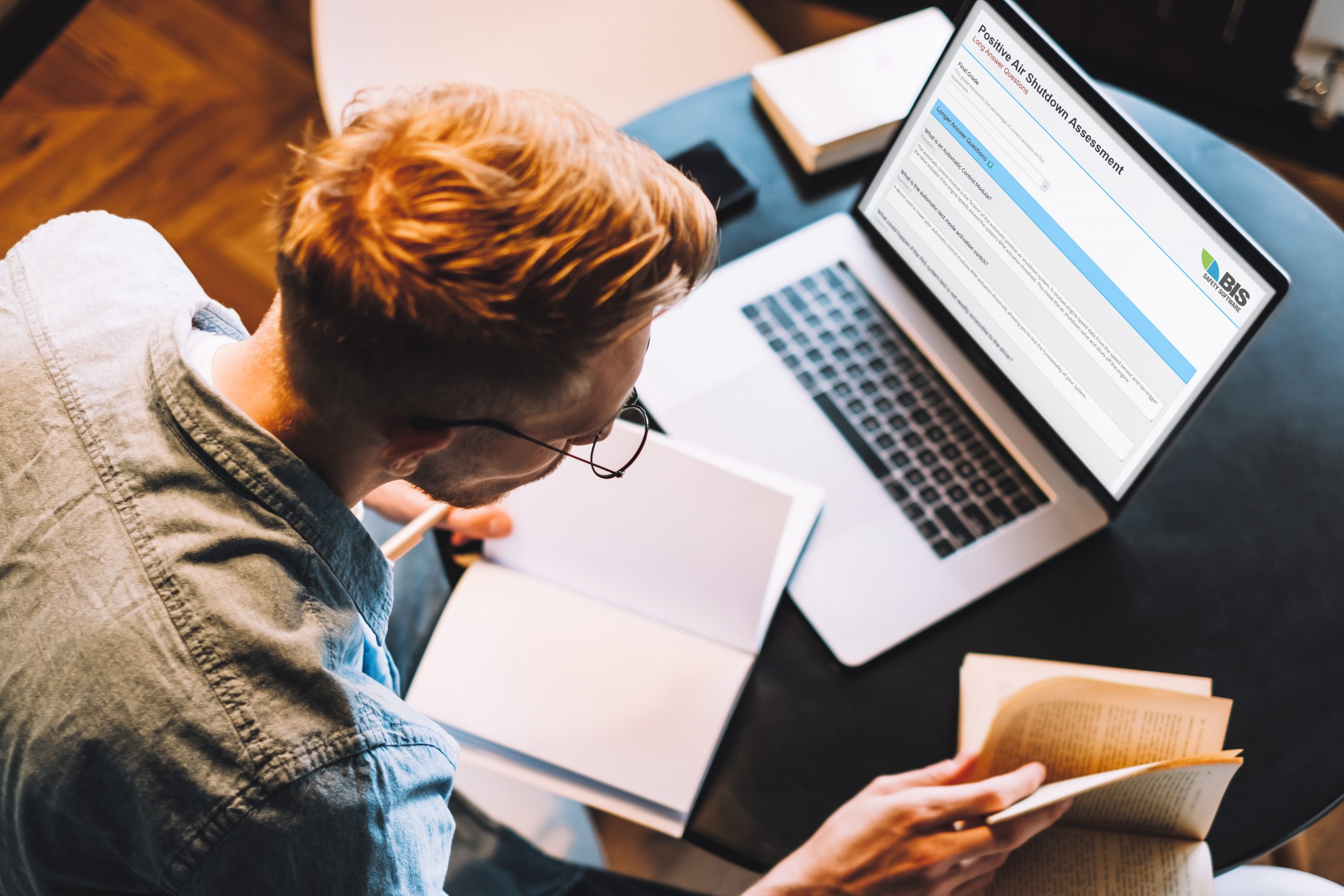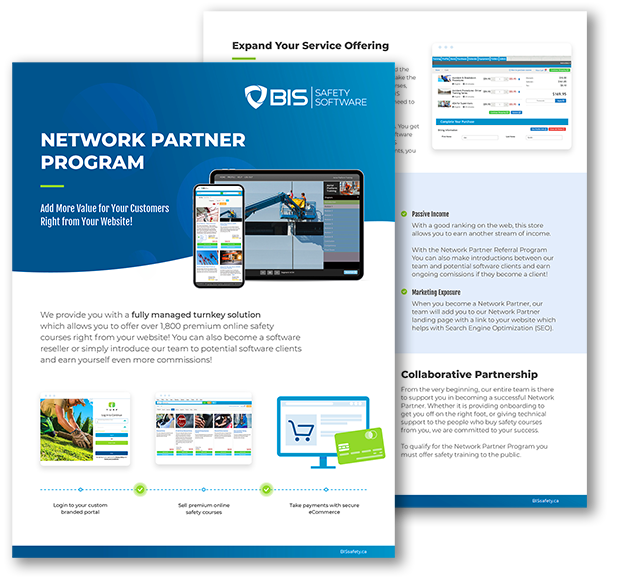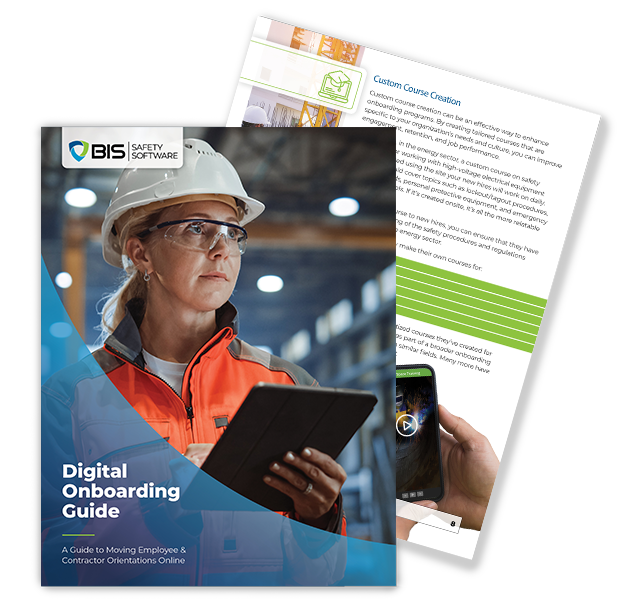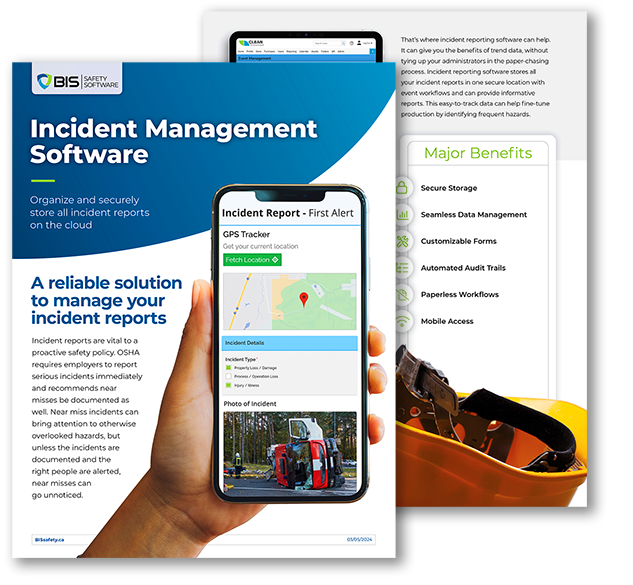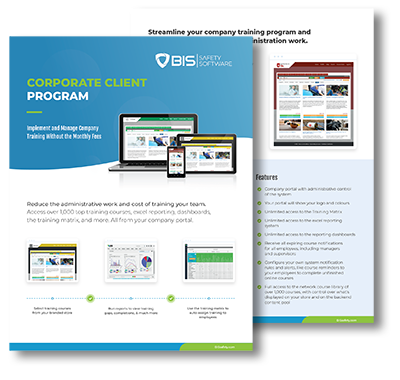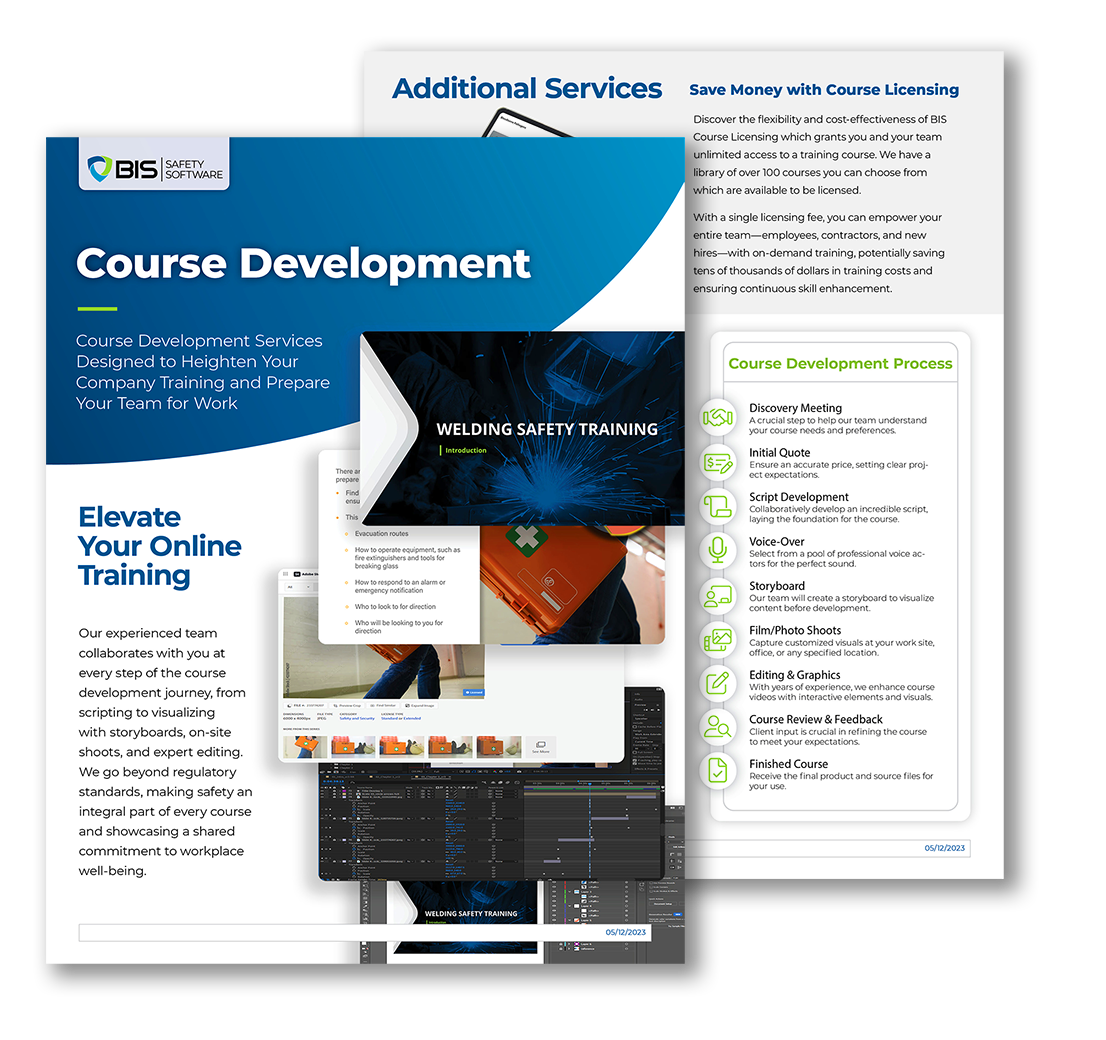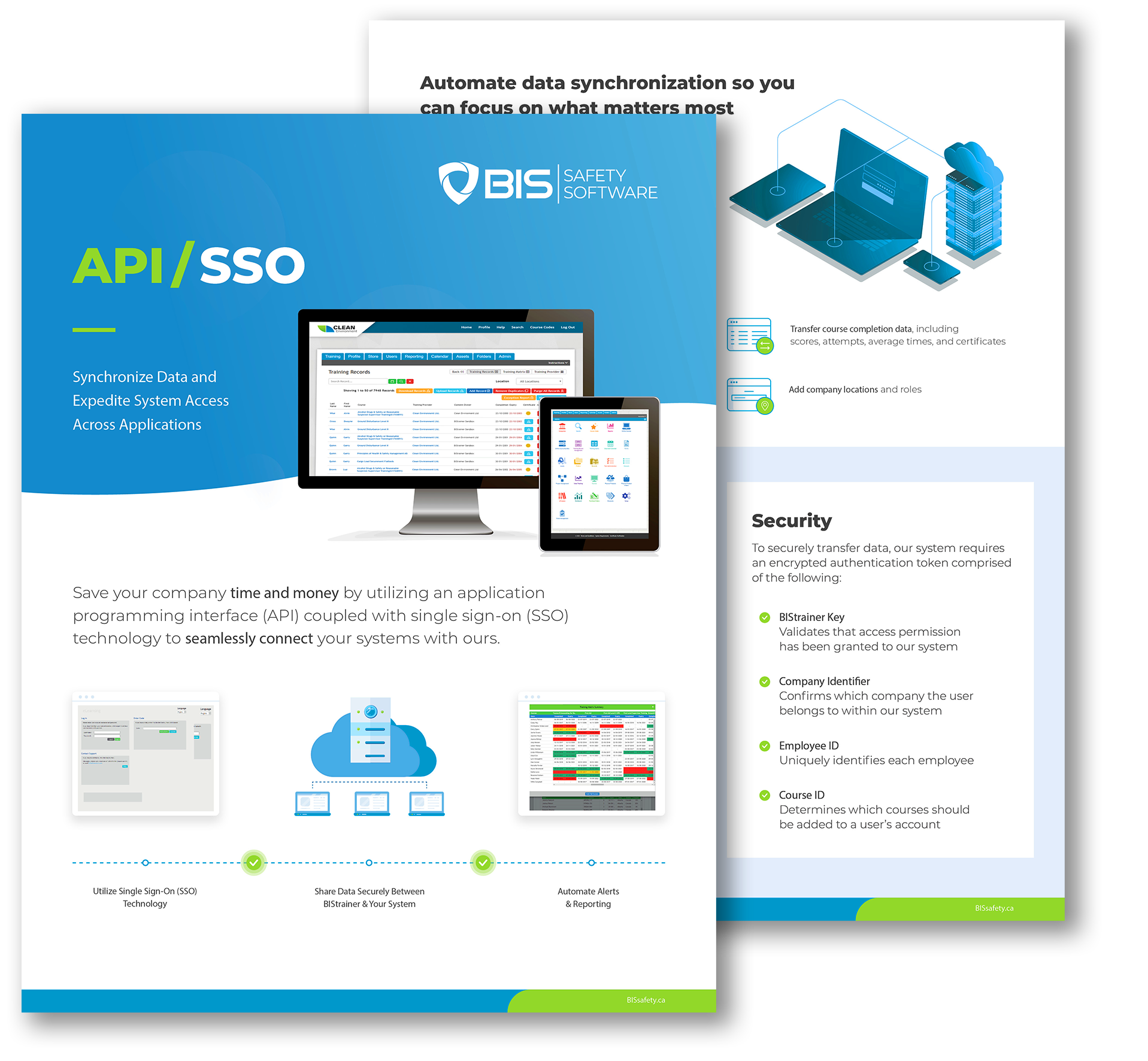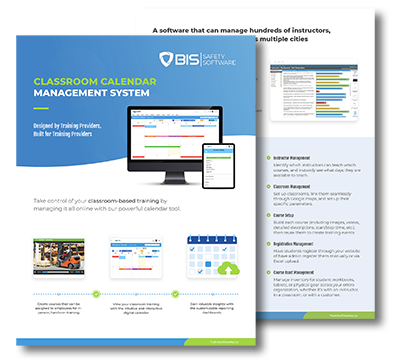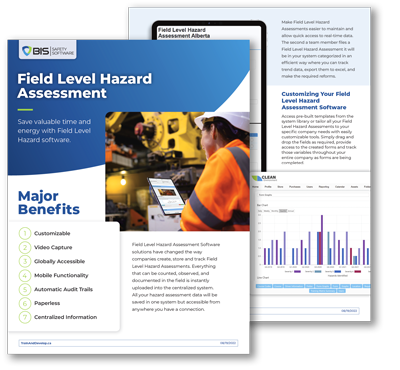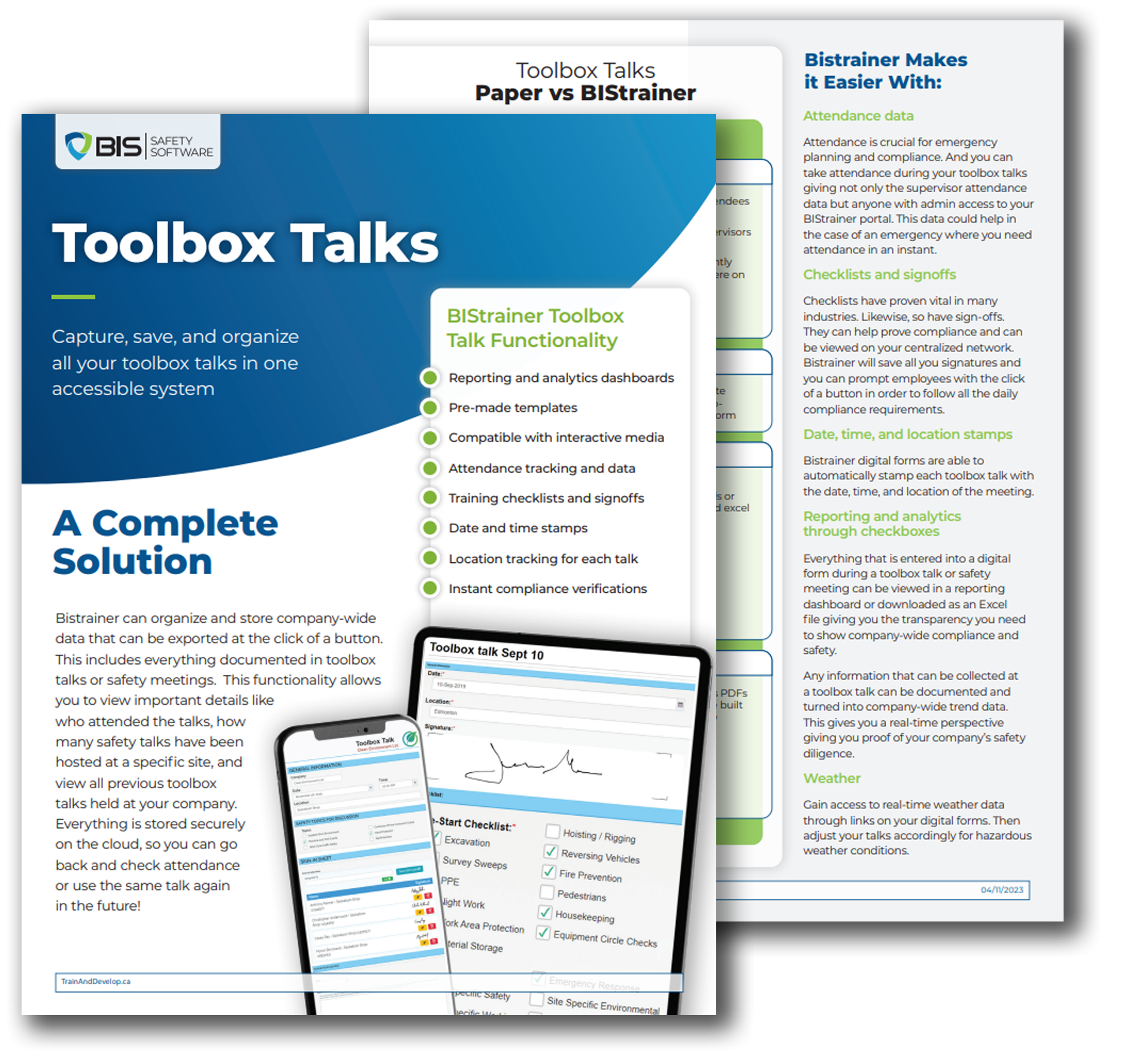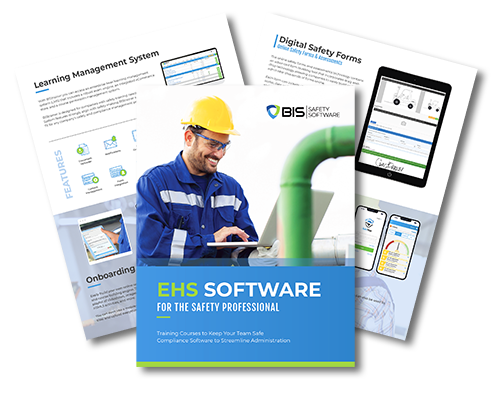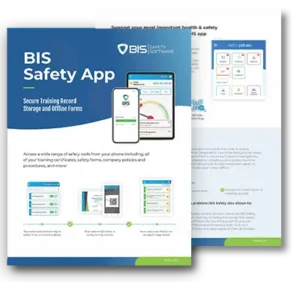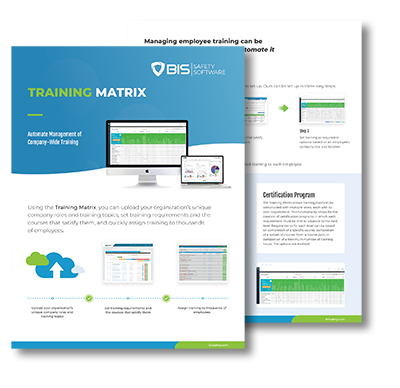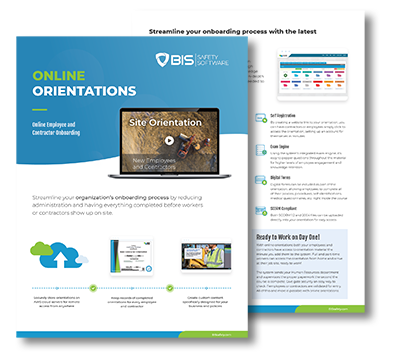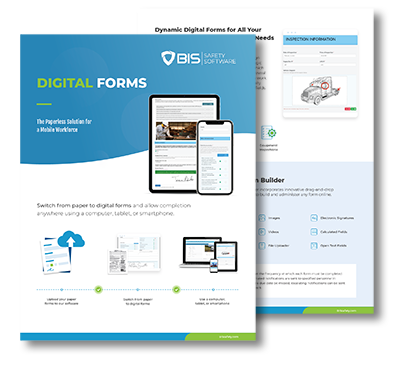How Strong Safety Cultures Are Built—and Broken

Learn how companies like Alcoa and Kinder Morgan achieved safety excellence, discover key strategies to foster a safety-first mindset, explore common pitfalls that destroy culture, and understand why real leadership and employee engagement are critical to lasting safety change.
Why Accidental Safety Leaders Are the Ones Who Make the Biggest Impact

They didn’t plan to be safety professionals, but that’s exactly what makes them effective—stories of grit, leadership, and impact from the field.
A New Frontier or a High-Tech Mirage? The Truth About Safety Tech

Is AI improving workplace safety or overpromising protection? From smart PPE to predictive analytics, explore how tech is transforming hazard prevention, worker trust, and culture.
The Most Dangerous Phrase in Safety: “We’ve Always Done It This Way”

Sticking to outdated safety methods leads to avoidable risks, injuries, and fatalities, evolving safety protocols protects workers, challenging the norm drives safer workplaces, leadership and culture must support safety change, resisting new practices undermines protection
Second Nature: How Brett Burkard Made Safety Sticky

Safety that lasts is built, not declared. Brett Burkard explains how Titan Environmental moved from improvised notes to daily rituals, leader-led standards, mobile reporting, and visible follow‑through turning prevention into a workplace reflex. Practical takeaways: short huddles, closed loops, recognition, and tech that fits the field.
From Forest Ranger to Industry Insider: Sarah Anderson’s Fight for Safety

In this Customer Spotlight, Sarah Anderson shares her path from environmental advocacy to safety leadership in heavy industry, and how trust, AI, and influence drive real cultural change.
Kevin Swinden on Leading Global Hazmat With Precision & Purpose

In this Customer Spotlight, Kevin Swinden shares how Global Hazmat built a culture of safety through real-world experience, practical leadership, and proactive hazmat management.
Ditch the ‘Tough Guy’ Mentality

Too many workers risk injury by refusing help to appear tough. This article explains how asking for help and supporting others boosts safety for the whole team.
From Chaos to Culture: The Birth of Safety in Canada

Canada’s safety standards weren’t handed down—they were hard-won. This article explores the rise of workplace safety from the early industrial era to modern protections.
The Good, the Bad, and the Ugly of Workplace Safety

Workplace safety cultures fall into three categories: the good, the bad, and the ugly. Some organizations set the gold standard in safety, while others struggle with attitudes and behaviors that put their employees at risk.









